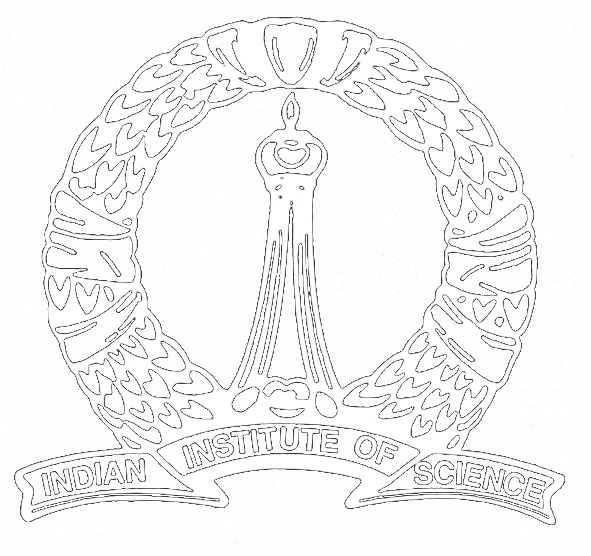APRG Seminar
Title: Operations on partially ordered vector spaces
Speaker: Pavan Rajaram Raickwade (IIT Madras)
Date: 12 March 2025
Time: 11:30 am
Venue: LH-1, Mathematics Department
A real vector space $X$ together with a partial order `$\leq$’ is called a partially ordered vector space if the following compatibility relations hold for all $x,y,z \in X$ and $\lambda \geq 0$: \begin{equation} x \leq y \quad \Longrightarrow \quad (\ x+z\leq y+z , \ \lambda x\leq \lambda y\ ). \end{equation}
Riesz spaces or vector lattices are the special partially ordered vector spaces where the supremum of any two elements exists. Several structure preserving maps like Riesz homomorphisms, Riesz* homomorphisms, complete Riesz homomorphisms and disjointness preserving maps, etc. have been studied. In this context, the following inverse preserver problem has been studied extensively: “Let $X$ be a partially ordered vector space and $T\colon X\rightarrow X$ be a structure preserving linear bijection. Is $T^{-1}$ of the same type of structure preserving map?”
In the theory of operators on Banach lattices, a classical result states that the inverse of a bijective disjointness preserving operator is disjointness preserving. In the same spirit, inverses of Riesz* homomorphisms on pervasive pre-Riesz spaces have been investigated, and it has been shown that their inverses are Riesz* homomorphisms. In this talk, we survey the respective results on inverses of bijective operators and extend some of them to generalized inverses. Hereby, we focus on the Drazin inverse and, as a special case, on the group inverse.
- All seminars.
- Seminars for 2025
